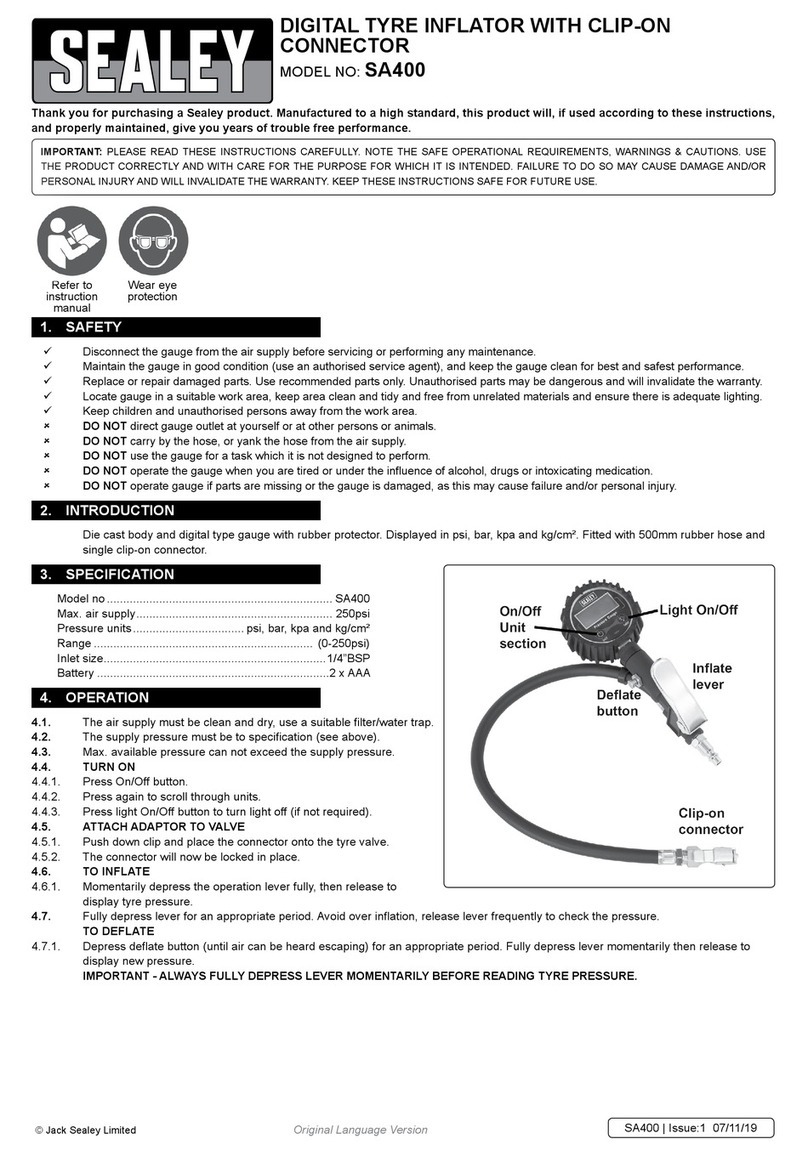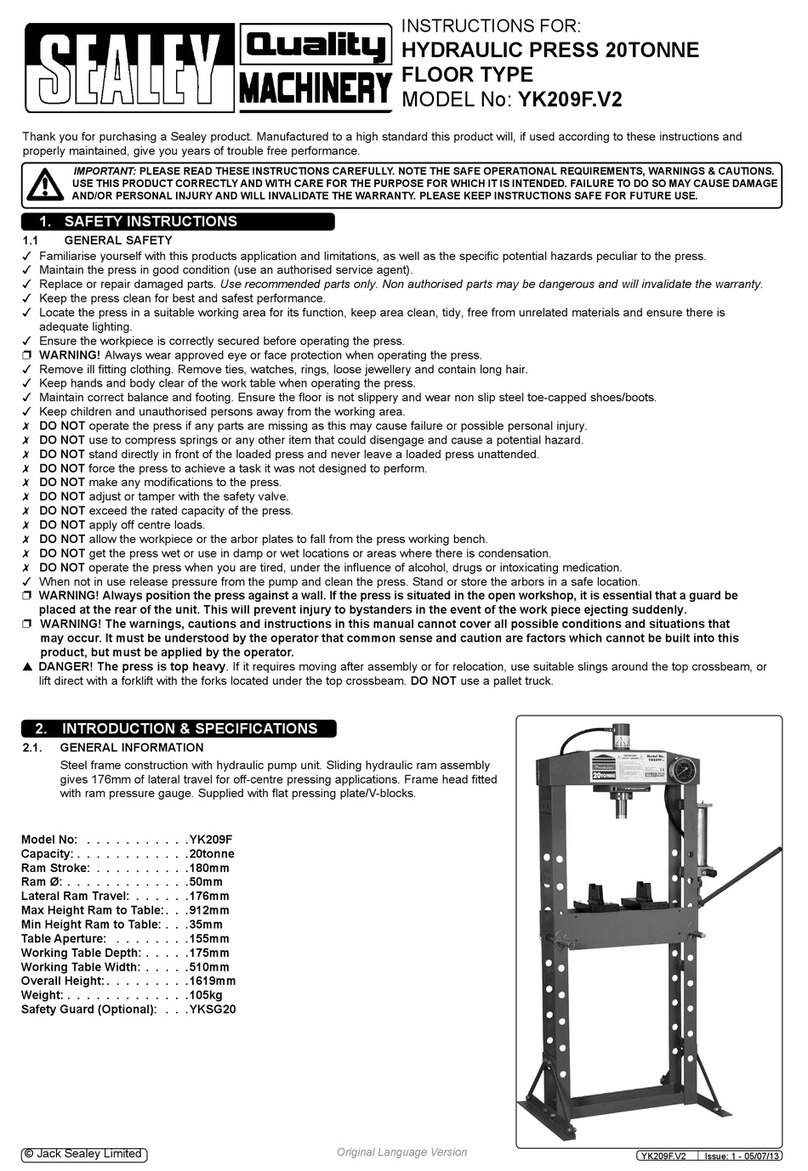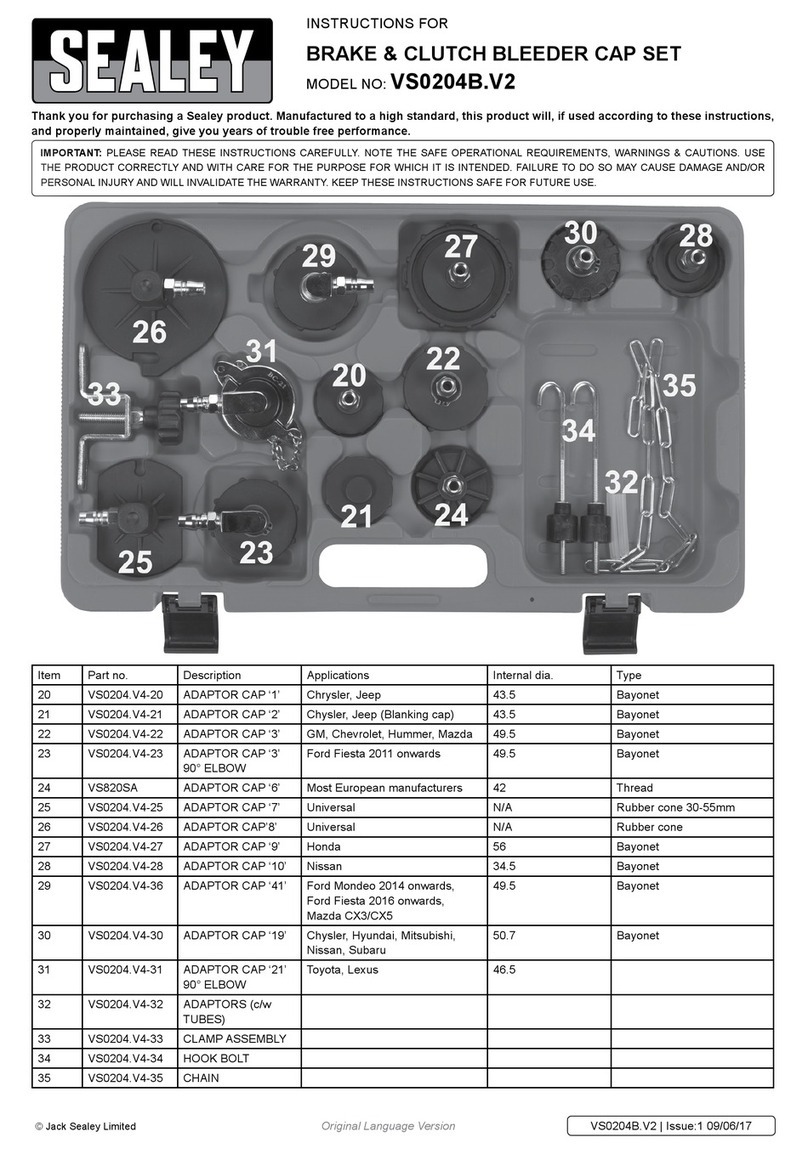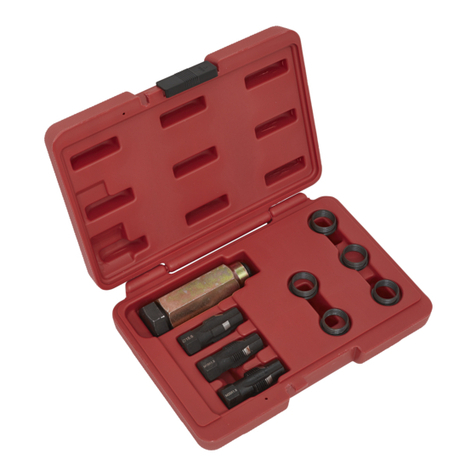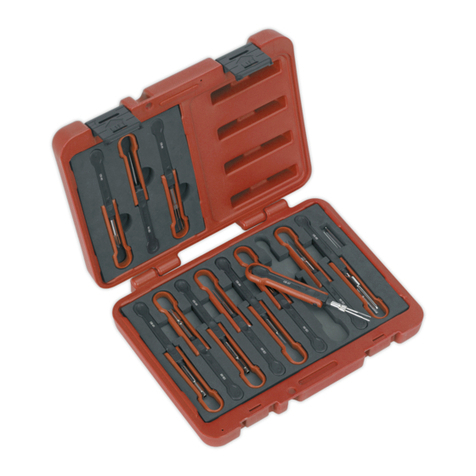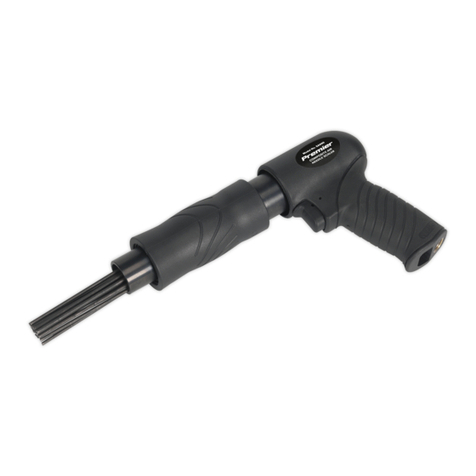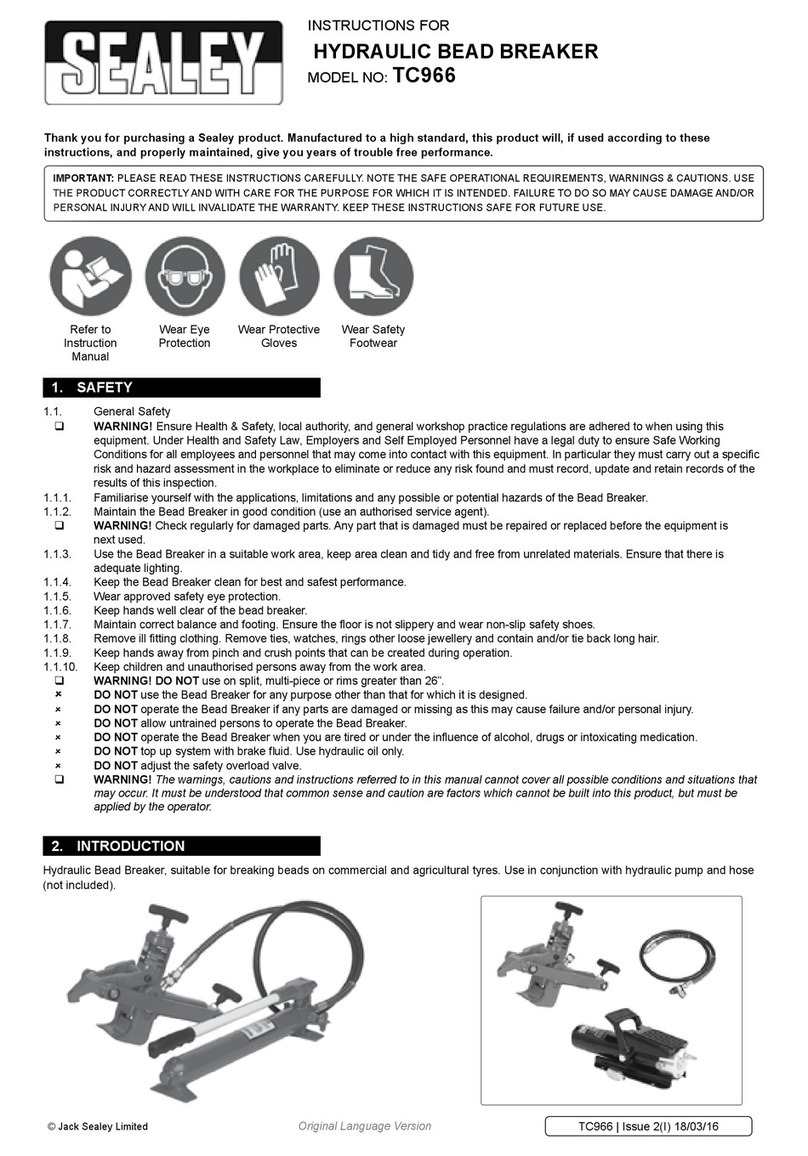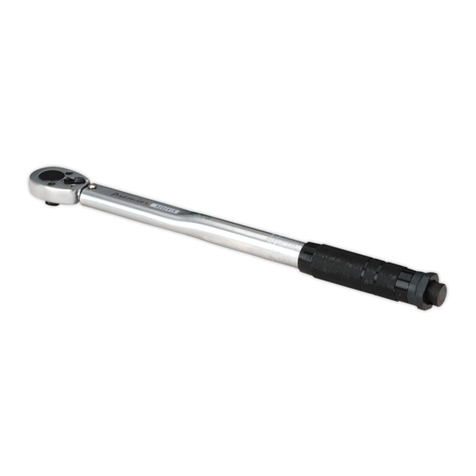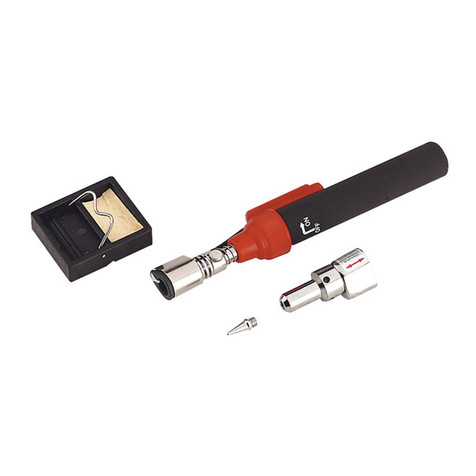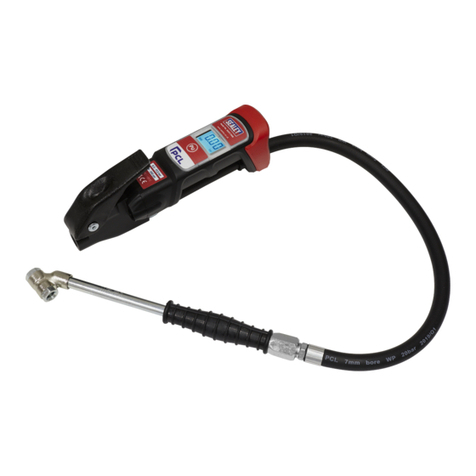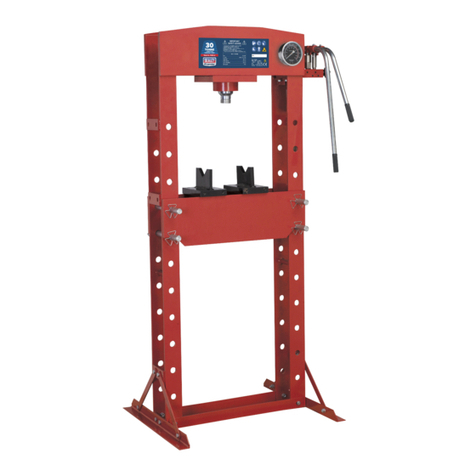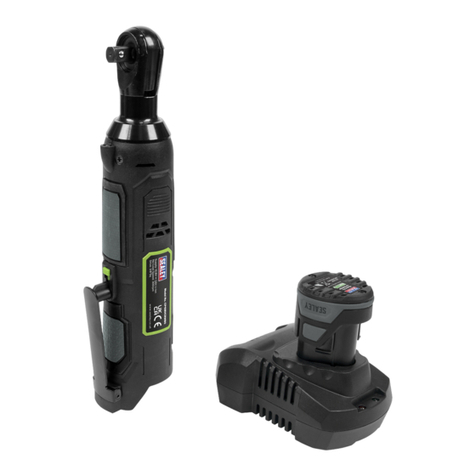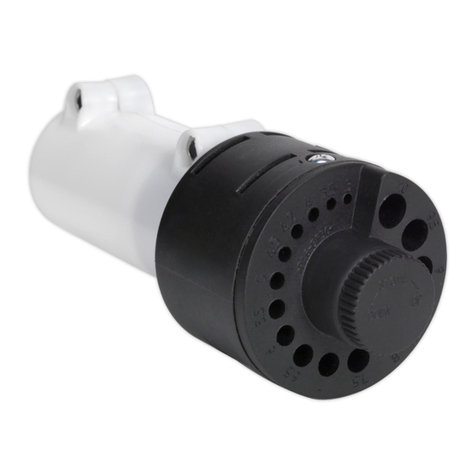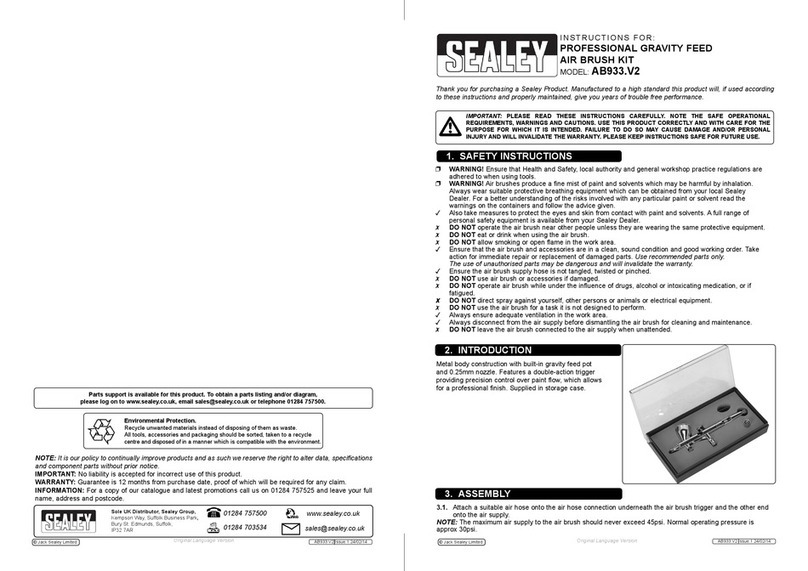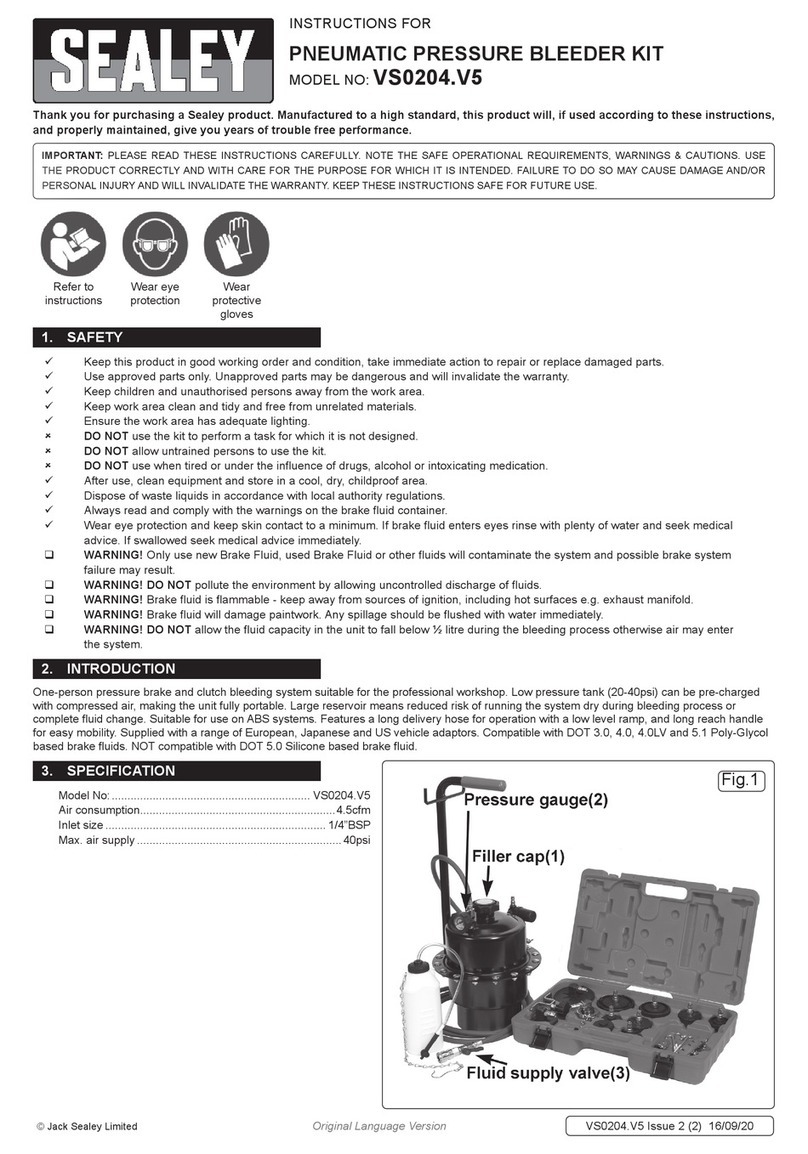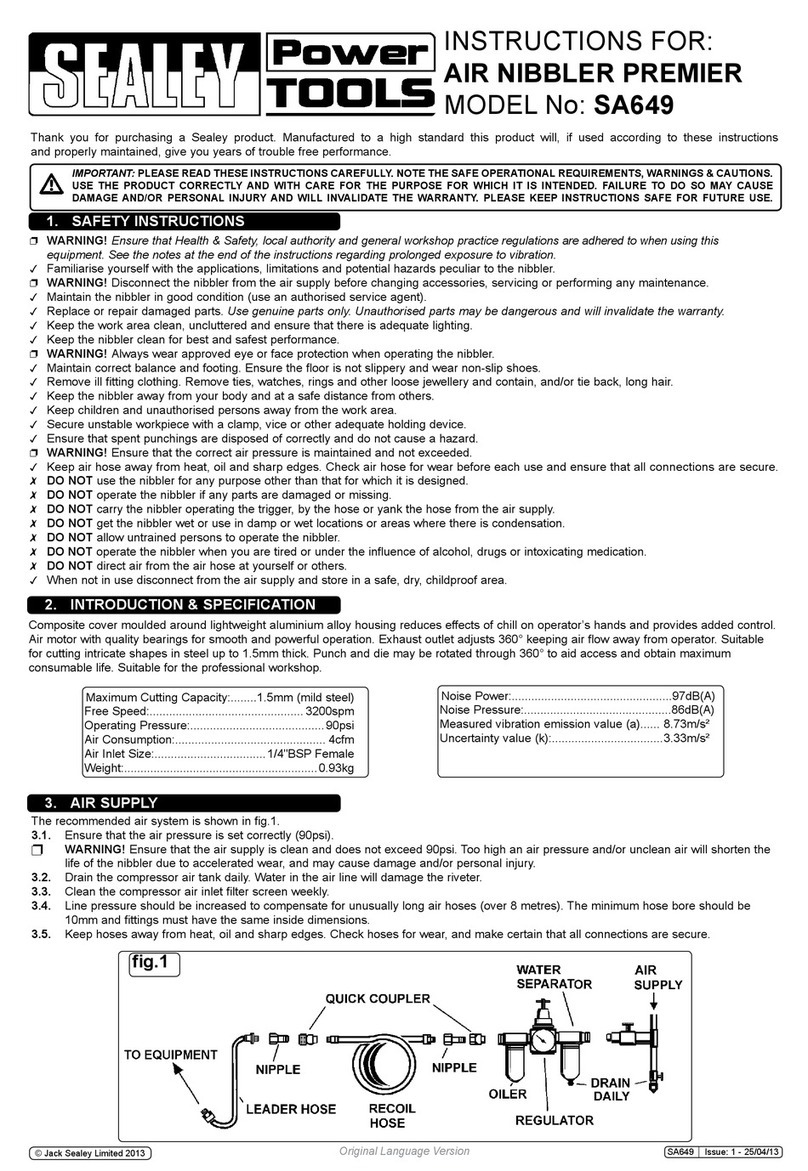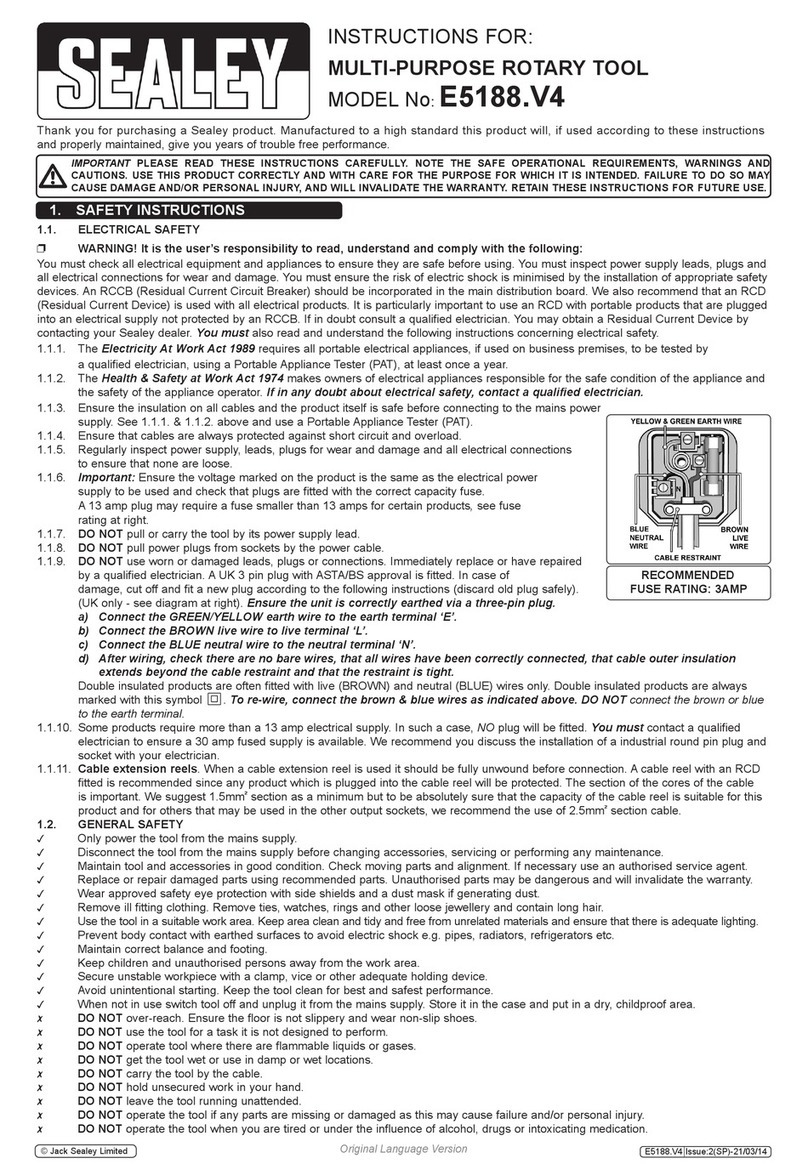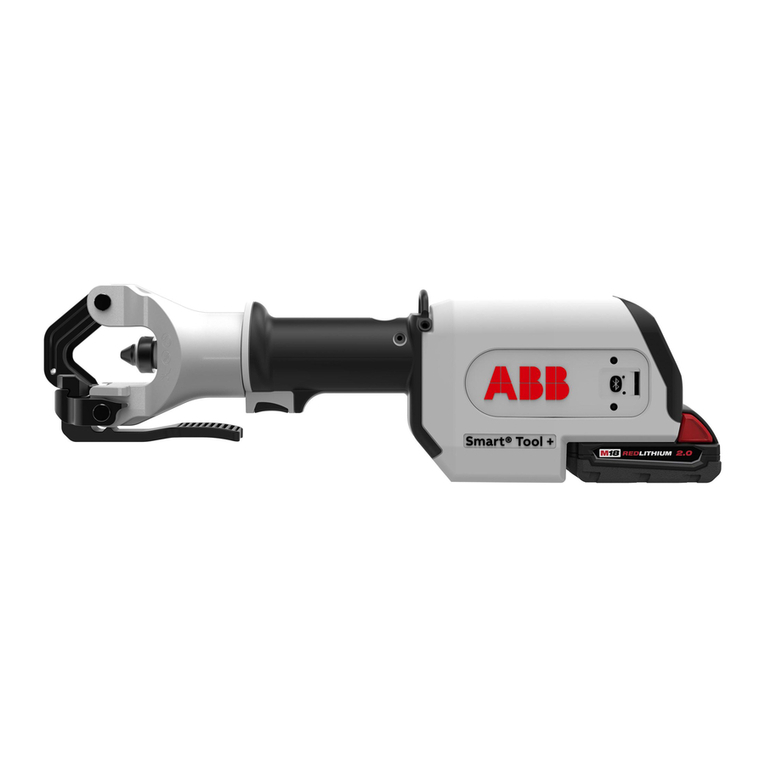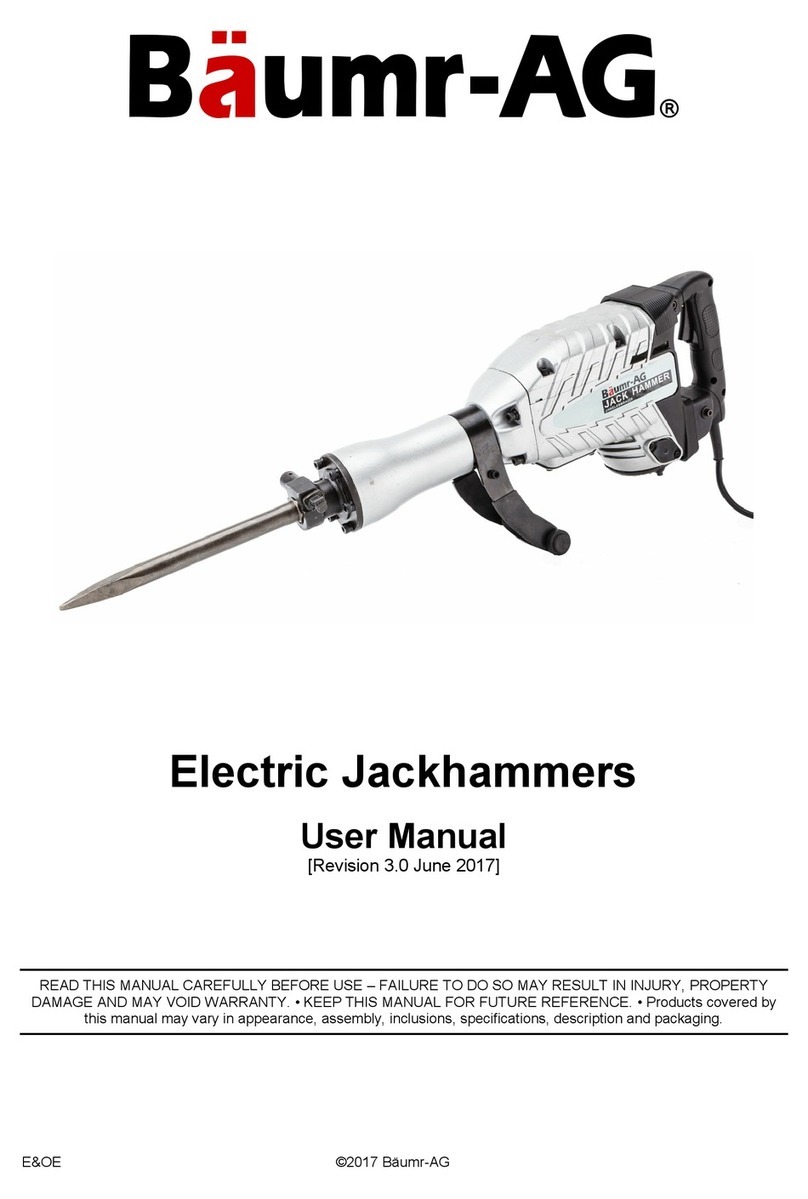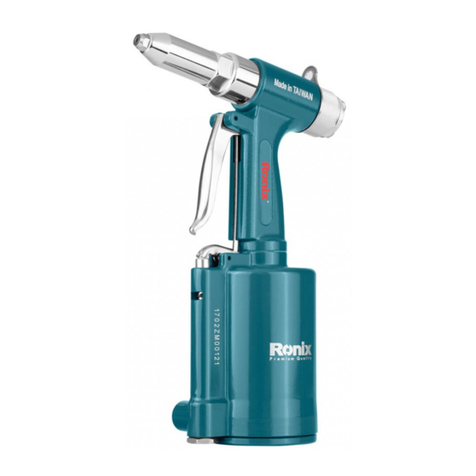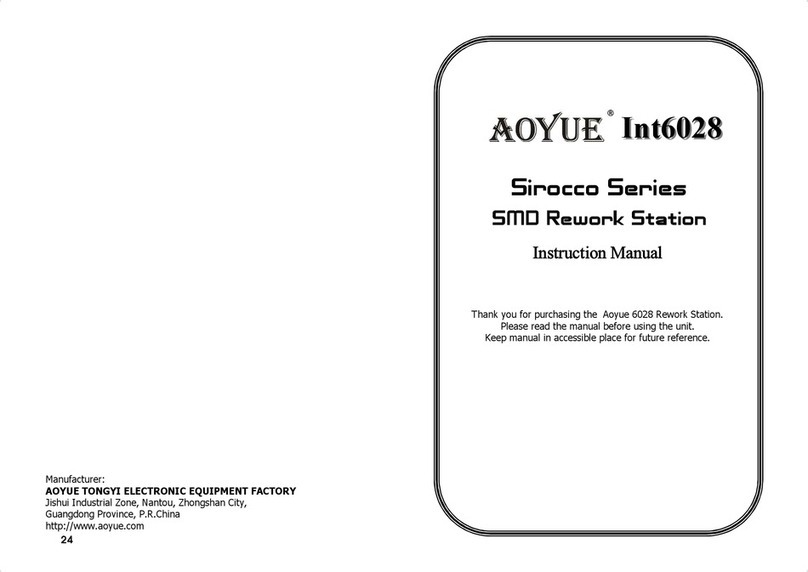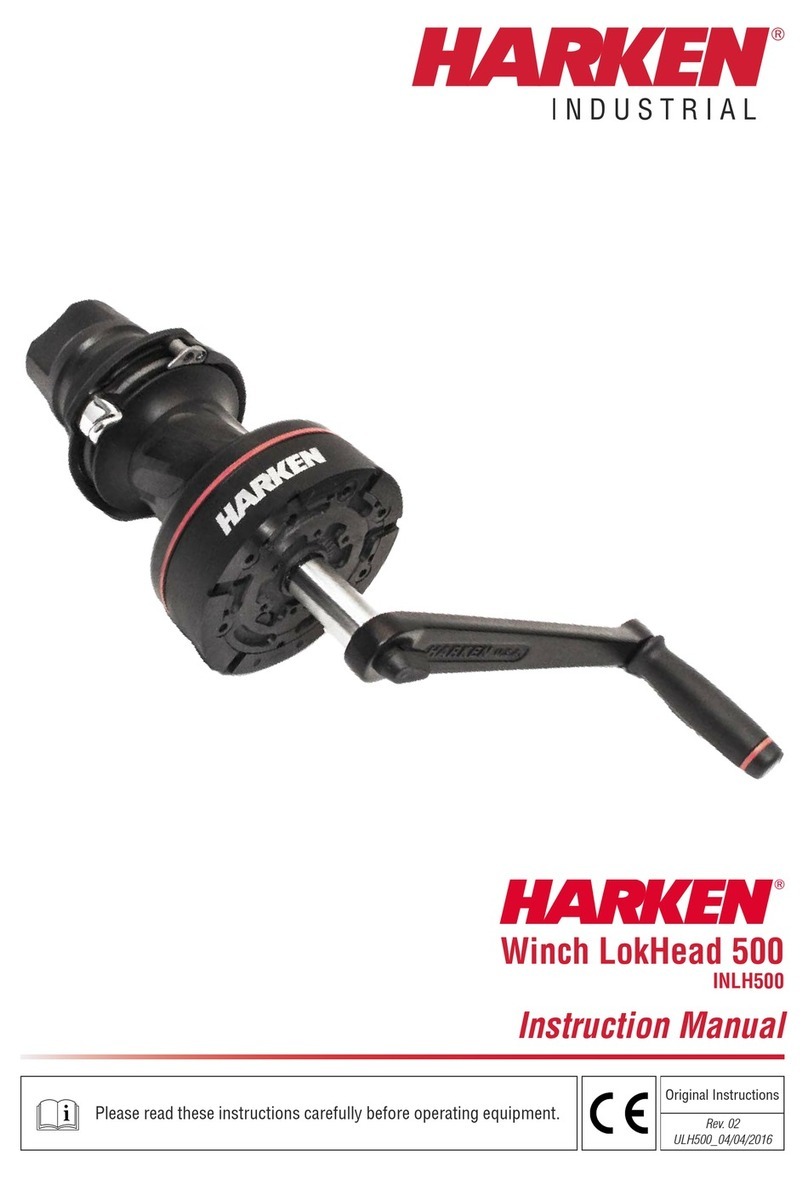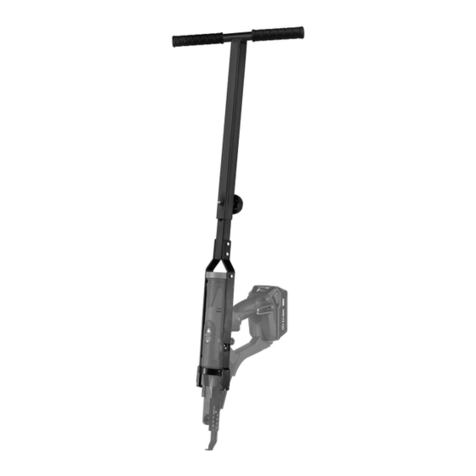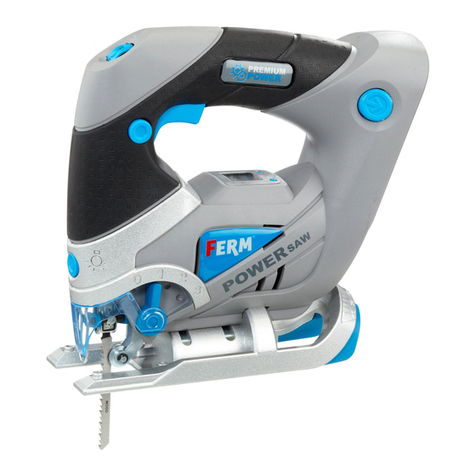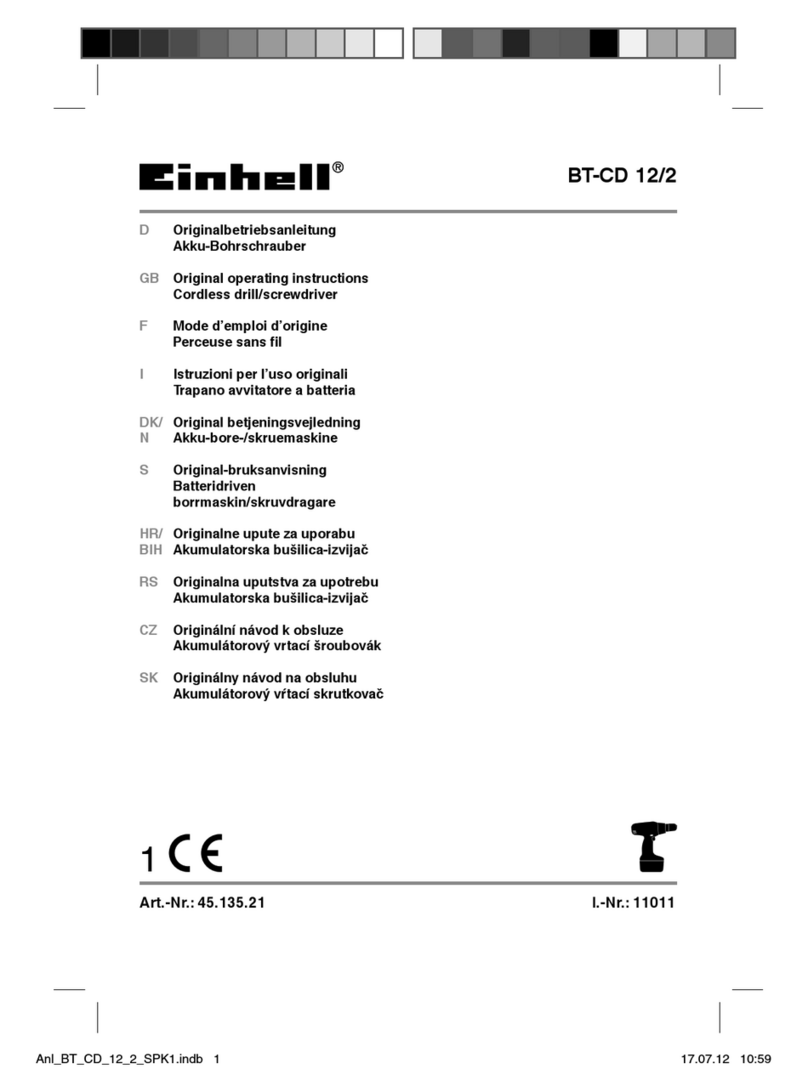
2. INTRODUCTION
Durablecompositehousingandsoftgripforaddedcomfort.Variablespeedtriggerforeasycontrol.Forwardandreverserotationand
trigger-lock.Fittedwithelectronicbrake.Built-inLEDworklightforlowvisibilityareas.Requirescompatible20Vbatteryandmainscharger,
sold separately.
3. SPECIFICATION
Model No: .............................................................CP20VRW
Battery:
Options:20V2AhLi-ion,20V4AhLi-ion,
20V6AhLi-ion(notincluded)
Drive: .......................................................................... 3/8”Sq
Maximumtorque: ..........................................................60Nm
No-Loadspeed .......................................................0-250rpm
Noise power:........................................................100.2dB(A)
Noise pressure.......................................................89.2dB(A)
Vibration:................................................................7.972m/s²
Uncertainty:................................................................1.5m/s²
Replacement parts.........................CP20VMCmainscharger
4. OPERATION
Unpack the product and check contents. Should there be any damaged or missing parts contact your supplier immediately.
4.1. BATTERY INSTALLATION
4.1.1. To insert the battery align the tongues on the battery cartridge with the grooves on the handle of the wrench, and slide into place.
Insert the battery all the way until it locks into place.
4.2. BATTERY REMOVAL
4.2.1. Holdthewrenchrmlyandpushthebatterylatchbutton,thenslideandremovethebattery.
4.3. STARTING THE WRENCH
4.3.1. Priortostartingthewrenchensurethatthetriggerlockisintheunlockedposition(fullytowardsbatterycartridge).
4.3.2. Applypressureonthetriggertostartthewrench.Thetoolspeediscontrolledbyvaryingthepressureonthetrigger.Releasethe
trigger to stop.
NOTE:Whennotinuseputthetriggerlockintothelockedposition(fullytowardsthedrivesocket).
4.4. WORK LIGHT
4.4.1. Theworklightwillswitchonwhenthetriggerislightlypressed,andwillgooutautomaticallyafterapproximately10secondsafter
the trigger is released.
NOTE:Whenthewrenchisoverheatedtheworklightwillbegintoblink.Allowthewrenchtofullycoolbeforeoperatingthe
wrench again.
4.5. USING THE WRENCH
4.5.1. Fitthecorrectsizesocketrequiredtothewrenchbypushingitontothesquaresocketadaptoruntilitlocksintoplace.Toremove
thesocket,simplypullito.
NOTE:Alwaysusethecorrectsizesocketfortheboltornut.Anincorrectsizesocketcouldresultininconsistentfasteningtorque
and/ordamagetothesocket,fixingorwrench.
4.5.2. Selecttherequireddirectionofrotation.Tochangerotationaldirectionturnthereversingleverclockwiseorcounter-clockwise
until an audible click is heard.
9 Alwayscheckthedirectionofrotationpriortouse.
DO NOT attempt to change the direction of rotation whilst the trigger is depressed. Change direction only when the wrench comes
to a complete stop.
4.5.3. Holdthewrenchrmlyandplacethesocketovertheboltornut.Turnthewrenchonandfasten.Whentheboltornutreachesthe
seating position, the wrench will stop automatically.
4.5.4. Whentighteningtakecarenottoover-torquesmallxings.
WARNING!Holdthewrenchrmlyespeciallywhenthexingreachestheseatingpositionandthesocketstopsit’srotationthe
motor will generate an instant backlash to rotate the wrench.
NOTE:Oncriticalfixingsalwayscheckthetorquewithatorquewrenchaccordingtotheproductorvehiclemanufacturer’s
guidelines.
4.6. USING AS A HAND TOOL
4.6.1. Thewrenchcanbeusedasahandratchetwrenchtooltoassistinthelooseningofstiboltsornuts,byhand.
4.6.2. Whentheboltornuthasbeenadequatelyloosened,unlockthewrenchandturnontocompletethetask.
WARNING! – Risk of Hand Arm Vibration Injury.
ThistoolmaycauseHandArmVibrationSyndromeifitsuseisnotmanagedadequately.
ThistoolissubjecttothevibrationtestingsectionoftheMachineryDirective2006/42/EC.
This tool is to be operated in accordance with these instructions.
Measuredvibrationemissionvalue(a)...........................7.972m/s²
Uncertaintyvalue(k):.........................................................1.5m/s²
Pleasenotethattheapplicationofthetooltoasolespecialisttaskmayproduceadierentaveragevibrationemission.We
recommendthataspecicevaluationofthevibrationemissionisconductedpriortocommencingwithaspecialisttask.
Ahealthandsafetyassessmentbytheuser(oremployer)willneedtobecarriedouttodeterminethesuitabledurationofusefor
each tool.
NB:StatedVibrationEmissionvaluesaretype-testvaluesandareintendedtobetypical.
Whilstinuse,theactualvaluewillvaryconsiderablyfromanddependonmanyfactors.
Such factors include; the operator, the task and the inserted tool or consumable.
NB:ensurethatthelengthofleaderhosesissucienttoallowunrestricteduse,asthisalsohelpstoreducevibration.
CP20VRWIssue128/09/21
Original Language Version
© Jack Sealey Limited
